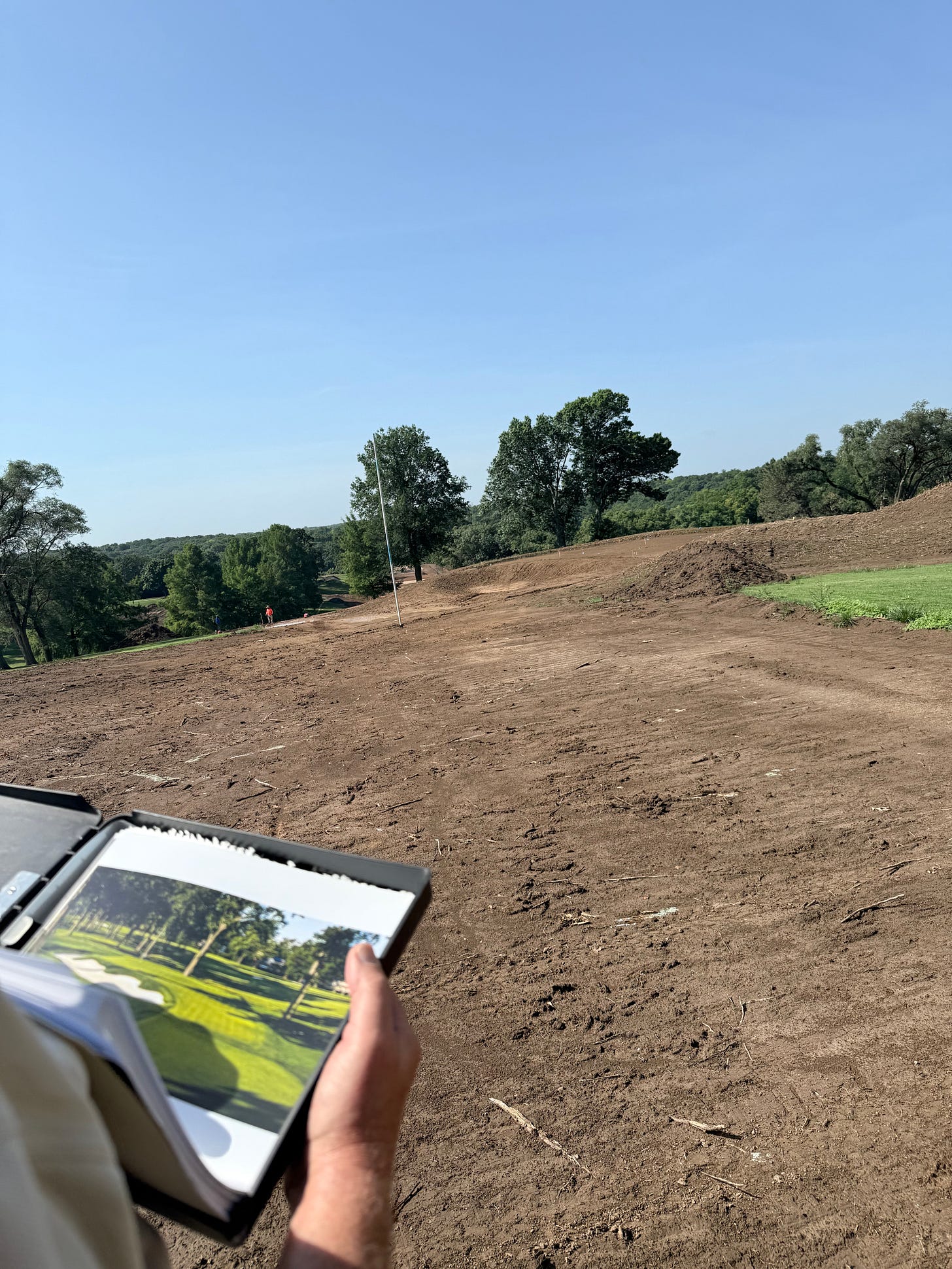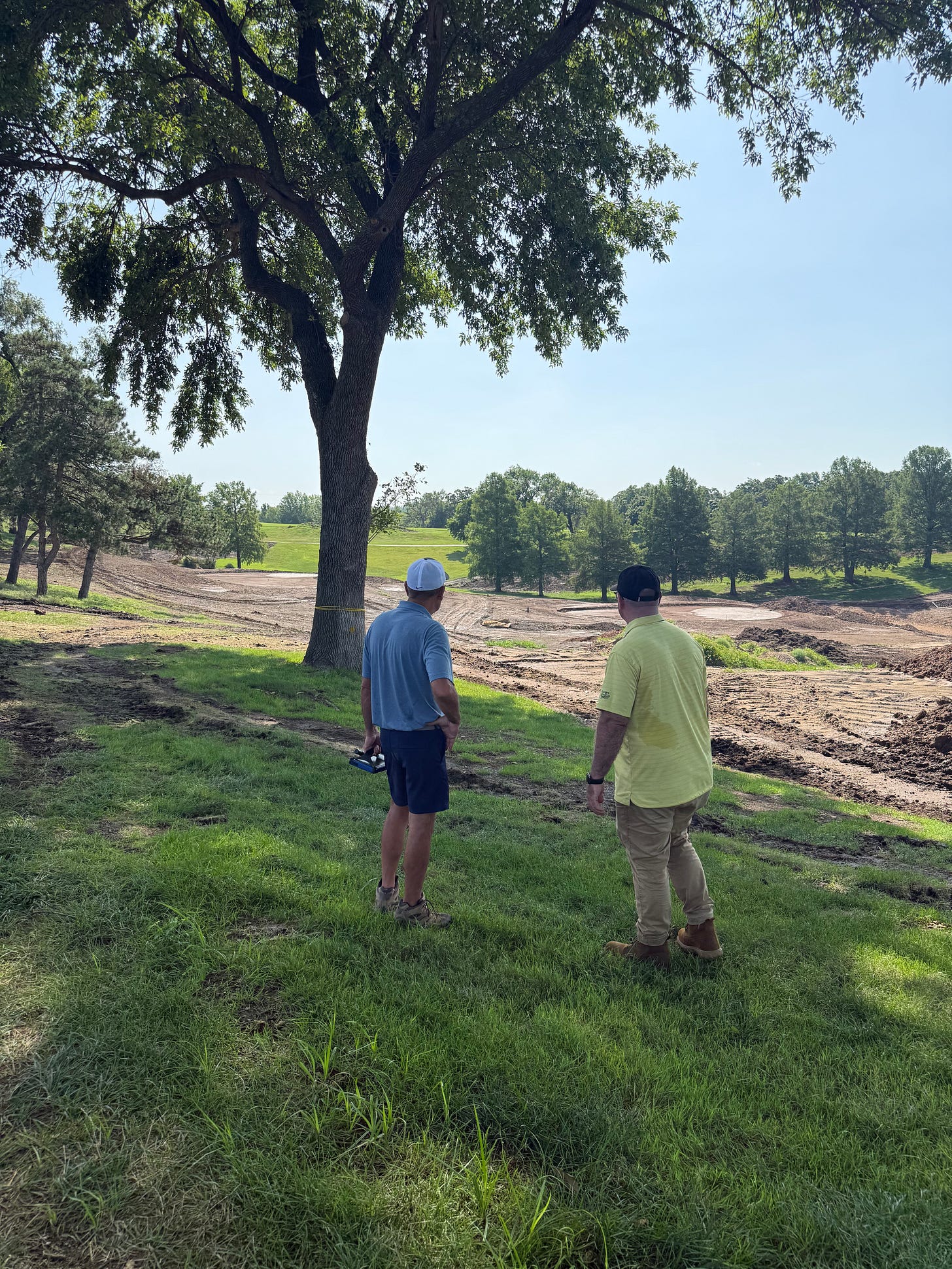KANSAS CITY — When Blade Runner hit theaters in 1982, it wasn’t quite the film its director, Ridley Scott, had envisioned.
The studio added a noir-style voiceover, imposed a tidy happy ending, and trimmed ambiguity in favor of accessibility. (B-roll from Stanley Kubrick’s The Shining—the scene from its opening credits as the Torrance family drives to the Overlook Hotel in the Colorado Rocky Mountains—was used to close out the film.)
In 2007, Scott released Blade Runner: Final Cut,” a version free of studio interference, and much closer to his original, moody, elliptical vision. As Roger Ebert noted in his review, it was an attempt to let the film “speak for itself.”
Around the same time, halfway around the world in Vatican City, scaffolding was being taken down and reassembled inside the Sistine Chapel. Restoration teams were a few years into the painstaking process of cleaning Michelangelo’s frescoes, dulled by five centuries of candle soot, pollution and overpainting.
From The New York Times (lengthy, because I had no idea):
…
Since they were painted between 1508 and 1512, Michelangelo's frescoes were covered with soot from candles, oil lamps and braziers. Using a specially devised solvent a team of three restorers is slowly removing this grime along with layers of animal glue applied during an 18th-century restoration effort.
At a news conference this afternoon Carlo Pietrangeli, general director of the Vatican Museums, said the frescoes were so dulled by the end of the 18th century that some scholars began to describe Michelangelo as a painter insensitive to color. That opinion was largely rendered obsolete when the first restored lunettes were unveiled in 1981.
While the lunettes were painted freehand and at a quick pace, Dr. Mancinelli said, the restorers found that cartoons of all but a few figures on the ceiling were carefully traced onto the surface before the fresco was applied and that there was evidence that the work proceeded slowly. Unlike the lunettes, the ceilings showed signs of a number of pentimenti, or corrections.
As a result, the painting on the ceiling is much firmer and far more carefully calibrated, and the figures are more finely drawn, Dr. Mancinelli said.
In cleansing the frescoes the restorers removed charcoal back highlighting that was applied to the frescoes in the 18th and 19th centuries creating a false chiaroscuro. With this gone, Dr. Mancinelli argued, the ceiling reveals Michelangelo's precise use of shadow to create dynamic forms in a way that was not so vividly apparent in the lunettes.
…
In either case—sci-fi movie or saintly artwork—the goal was the same: to strip away the layers of time and interpretation, and reveal what was originally intended. It’s a scenario I’ve been thinking about a lot lately, and one I was lucky enough to watch unfold in real time last week.
On Tuesday morning, I visited a golf course in the middle of the country, tucked inside a city park and swaddled in corn-sweat humidity. The course is in the midst of a recursive restoration, aiming to recapture the vision of the architect who first shaped it nearly a century ago. (I’m reporting a story that will publish sometime next year.)
What elevates this beyond a simple restoration story is the presence of a golf historian who’s spent four decades chronicling course design and now finds himself restoring the work of the architect he knows better than anyone alive.
As we walked the grounds, the historian and architect flipped through grainy black-and-white photos—some from the 1930s and ’40s—and high-definition printouts of other courses in the architect’s repertoire, stretching from New York to California. Among his trademarks: greens set on tilted planes, subtly contoured, with false fronts and quiet runoffs; bunkers splayed and swiveled across green entrances like trenches; and mounds shaped like miniature Swiss Alps.
When we stopped, he’d hold up a photo, then lower it to study the land, back and forth, like an editor comparing a draft to the original.
All of it—every comparison, every squint at the land—in service of one insistent question: Is this how it was meant to be? 🤖 ⛳





I love the way this piece compares landscape architecture to art restoration. Can't wait to read the final piece!